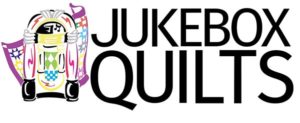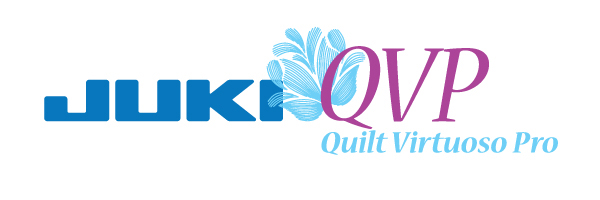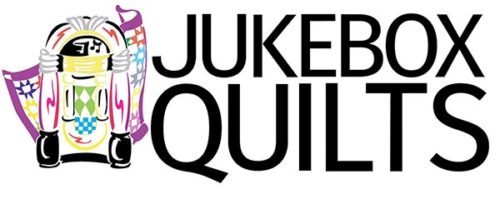In any context beyond fabric, this title means something entirely different, but when it comes to quilting fabric there are some pretty important rules.
We see a lot of quilts that come in for quilting where a new quilter has designed a pattern that doesn’t respect the bias. The individual trying to make the quilt might also be a new quilter that follows the pattern not realizing it was not well designed, adding to the problem by using steam in an iron, and then wonders why the borders won’t fit or there are 30 foot ocean waves all around the edges that are never going to lay flat.
One of the rules we have here at Jukebox Quilts is to never use steam. Ever. Never ever. If we need to steam out a fold on a large flat piece of fabric or a backing, we use a spray bottle to mist the fabric, but for piecing it’s a no-no. Spray starch is appropriate at times, like before cutting a yard of fabric into smaller pieces, but after that, forget about it. Once you start cutting smaller pieces and sewing things together it can contribute to permanent distortion.
The other rule we follow is that all of the edges of every unit of a quilt should be straight of grain. Every block, and around the quilt center (where all blocks combined before borders are added).
In today’s post, Jukebox Quilts in Fort Collins will help you understand the meaning of bias in quilting and with quilting fabric. We also offer a selection of different quilting classes to help you grow as a quilter and get together with other passionate quilters throughout Fort Collins. Read through our post and make sure you stop by our Fort Collins locations to shop our supply of sewing machines and quilting supplies!
Basic Quilting Information
 Fabric is woven with long threads extending hundreds of yards parallel to the selvage edge. These threads, also called warp or longitudinal threads, are pulled tight during weaving. This is the strongest, most stable direction of the fabric and can also be referred to as a lengthwise grain. Ideally, long strips should be cut parallel to the selvage for borders, etc. They will have the least amount of stretch.
Fabric is woven with long threads extending hundreds of yards parallel to the selvage edge. These threads, also called warp or longitudinal threads, are pulled tight during weaving. This is the strongest, most stable direction of the fabric and can also be referred to as a lengthwise grain. Ideally, long strips should be cut parallel to the selvage for borders, etc. They will have the least amount of stretch.
The second most stable direction is cross-grain, perpendicular to the selvages (weft threads). On quilting fabrics, these are generally 42–44 inches long (before they reverse direction) and don’t have tension on them during the weaving process. Let’s say you cut 5-inch strips cross-grain for a border, then piece them end-to-end or on a diagonal to make them the length you need. This unit will stretch a lot more than one long piece cut parallel to the selvages. It may use more fabric, but your quilt will be much flatter and easier to quilt with borders cut parallel to the selvages. Cutting binding this way is also very stable for a wall piece (something we’ll delve into further in a future blog post).
The worst thing you can have on the outer edge of a block or center of the quilt is bias. Inexperienced pattern designers don’t always get this. Bias is at a 45-degree angle to the warp and weft threads and has a huge amount of stretch. (There are times this stretch is desirable, like for binding curves or scallops or for stems in appliqué that curve).

Here’s an example of a badly designed block or quilt top. Setting triangles go around the edges. If these are made from ½-square triangles, you end up with bias all around the outer edge.

Instead, these should be made with quarter square triangles which keeps the straight of grain all around the perimeter of the block.


The corner triangles should be ½-square triangles to keep the straight of grain on the outer edge.

Try a little test. Cut a 3-inch square, then cut it into two triangles on the bias. Pull all three sides and you’ll see how much stretch you can get on the bias. Add steam and iron and it will permanently stretch, possibly adding over ½-inch or more to the long edge of the triangle. This means that it will no longer fit where you want it to fit.
Quilting Fabric and More from Jukebox Quilts
We hope that this post helped you better understand the importance of bias — and respecting it! For more information on properly adding borders to a quilt, make sure you read our article on preparing a quilt for longarm quilting.
If you’re looking for quilting fabric, supplies, or sewing machines, make sure you stop by Jukebox Quilts in Fort Collins!
By: Kelly Gallagher-Abbott from Jukebox Quilts






